I am always looking for intteresting articles that may motivate or inspire our Viva blog readers. This article is simply aimed at keeping you in the loop of health and fitness for 2011. As a business owner it is necessary for our club to keep up with these trends and ensure we are offering great programs in order to service you with what you want.
Here are the top 20 predicted worldwide fitness trends for 2011 from the American College of Sports Medicine (ACSM), based on an online survey of more than 2,200 health and fitness professionals certified by the organization. Responses were received from Asia, Europe, Australia, Africa, North America, and South America.
The survey is published in the organization’s Health and Fitness Journal:
- Educated and experienced fitness professionals. Thompson tells WebMD that “more people are expected to turn to educated professionals,” even though those trainers cost more. “More states are considering legislation to license personal trainers. People want the best.” The ACSM says in a news release that an increasing number of organizations are offering health and fitness certifications, which Thompson says is a positive development. Thompson says one reason people want pros is that “more and more people are getting injured using untrained personal trainers.”
- Fitness programs for older adults. Some aging baby boomers have more discretionary money than younger folks and will be seeking certified trainers to design “age appropriate fitness programs,” Thompson says.
- Strength training. This remains a central emphasis for many health clubs and is central for a complete training program.
- Children and obesity. With obesity at epidemic levels for children and adults, more people are looking for programs to help them or their children lose weight.
- Personal training. The survey says personal trainers are becoming more accessible. Thompson tells WebMD an increasing number want to learn how to exercise from fitness professionals. Education and credentialing for personal trainers have become more important over time to health and fitness facilities.
- Core training. This type of training emphasizes conditioning of the middle-body muscles, including the pelvis, lower back, hips, and abdomen.
- Exercise and weight loss. More people are likely to look for exercise programs that include nutritional advice.
- Boot camp. Modeled after military boot camps and basic training, this high-intensity type of program is becoming more popular because it incorporates cardiovascular, strength, endurance, and flexibility drills in indoor and outdoor settings.
- Functional fitness. This is a trend toward using strength training to improve balance and ease of daily living. Functional fitness and special fitness programs for older adults are closely related.
- Doctor referrals. This partners medical professionals with health and fitness professionals to more easily integrate exercise into the lives of patients.
- Yoga. Various forms of yoga can be done in groups or at home because many books and instructional tapes have become popular and available.
- Worksite health promotion. Worksite health promotion programs rose from No. 20 to No. 12. Employers have recognized that having healthier workers will result in lower health care costs and less absenteeism.
- Outcome measurements. Efforts abound to define and track outcomes. Measurements are needed to determine the effectiveness of health and fitness programs.
- Group personal training. This trend allows personal trainers to provide personalized advice and programs. Training two or three people at one time makes good economic sense for trainers.
- Spinning (indoor cycling). Popular in health clubs, spinning allows people to pedal indoors, avoiding humidity, temperature, and other environmental changes.
- Sport-specific training. This trend allows athletes to hone their skills in the off-season to build strength and endurance beneficial for performance in a particular sport such as baseball or tennis.
- Worker incentive programs. The trend makes the Top 20 for the first time. Employers are creating incentive programs to stimulate health behavior change for employees in order to reduce absenteeism and costs of health insurance.
- Clinical integration/medical fitness. This is a trend toward integrating and blending of prevention and clinical services. This is the first time this trend has made the Top 20.
- Reaching new markets. Thompson says it’s likely that more people will seek expert advice and find more commercial gyms and health and exercise programs. Only about 20% of the public has a regular exercise program.
- Wellness coaching. This trend incorporates behavioral change science into health promotion and disease prevention.
Make it happen


